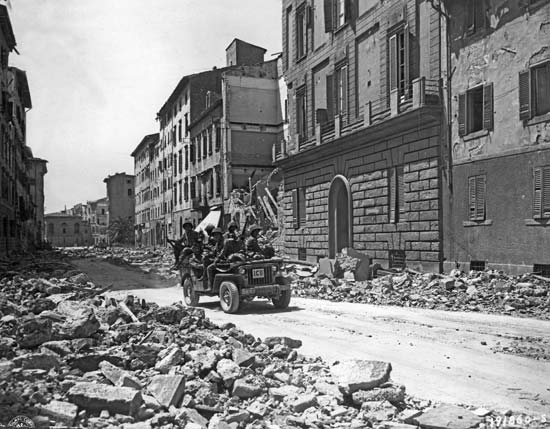The Reggio Emilia Approach
At Inspirations Nurseries and Forest School we follow the Reggio Approach to learning, but what’s the back story, what are the circumstances that led to this approach being created?
Following the devastation of World War Two, Reggio Emilia and its neighbouring Italian cities were left war torn. The war left merely a foundation upon which to rebuild a town and a community from scratch, a place free from oppression, injustice and inequality. This brought together a community of people passionate to form a new educational system with the very little they had; with the aim of turning their future generations into capable, resourceful and resilient individuals.
Local men and women of all ages came together to create a school for young children using materials from bombed out buildings. So from the very beginning these Reggio Emilia children were shown that something can be made from nothing, that creativity, perseverance and determination leads to opportunities and possibilities, and that anything can be made from the materials naturally surrounding us.
At inspirations we immerse ourselves and our children in this resourceful and passionate mind set, we too are a community that learn together, explore boundaries and strive to reach our full potential together.
http://simonr30.sg-host.com/news-and-blog/loose-parts/
As described in our previous blog, loose parts are a huge part of the Reggio Approach but there are many other aspect that guide our environment, planning and learning opportunities here at our Horsforth and Adel settings.


‘The Real Thing’
Instead of plastic play food, cups and jugs in the mud kitchen and home corners we use real fruit and veg, real plates and utensils. There are so many more learning opportunities that come from using real up cycled natural resources, they can peel, cut, weigh and smell real fruit and vegetables, and real pot and pan will also teach the children the value of an object. They are more likely to handle real objects with care, value and precision than with a light plastic alternative.
The role of our educators is to listen to the children, to be present, challenge their ideas, and extend when learning opportunities arise. This brings us back to the importance of community within our setting, we as educators are here to be present with the children and to create learning opportunities in their environment for them to discover the answers them selves. When a child has the opportunity to discover the world independently, and learn answers through trial and error with the support of our educators and natural resources they grow up as capable, creative and resourceful humans, just like the inspiring people who came together to create the first Reggio Emilia Schools from the ground up.
‘We must credit the child with enormous potential and the children must feel that trust. The teacher must give up all his preconceived notions and accept the child and a co- constructor’ –Loris Malaguzzi

Our Horsforth Setting is located next to Hunger Hill Woods on West End Lane, to get in touch email kayleigh@inspirationsnurseries.co.uk
Our Adel Setting is located next to St John the Baptist Primary, to get in touch email deborah@inspirationsnurseries.co.uk
– Nathalie (Atelierista)